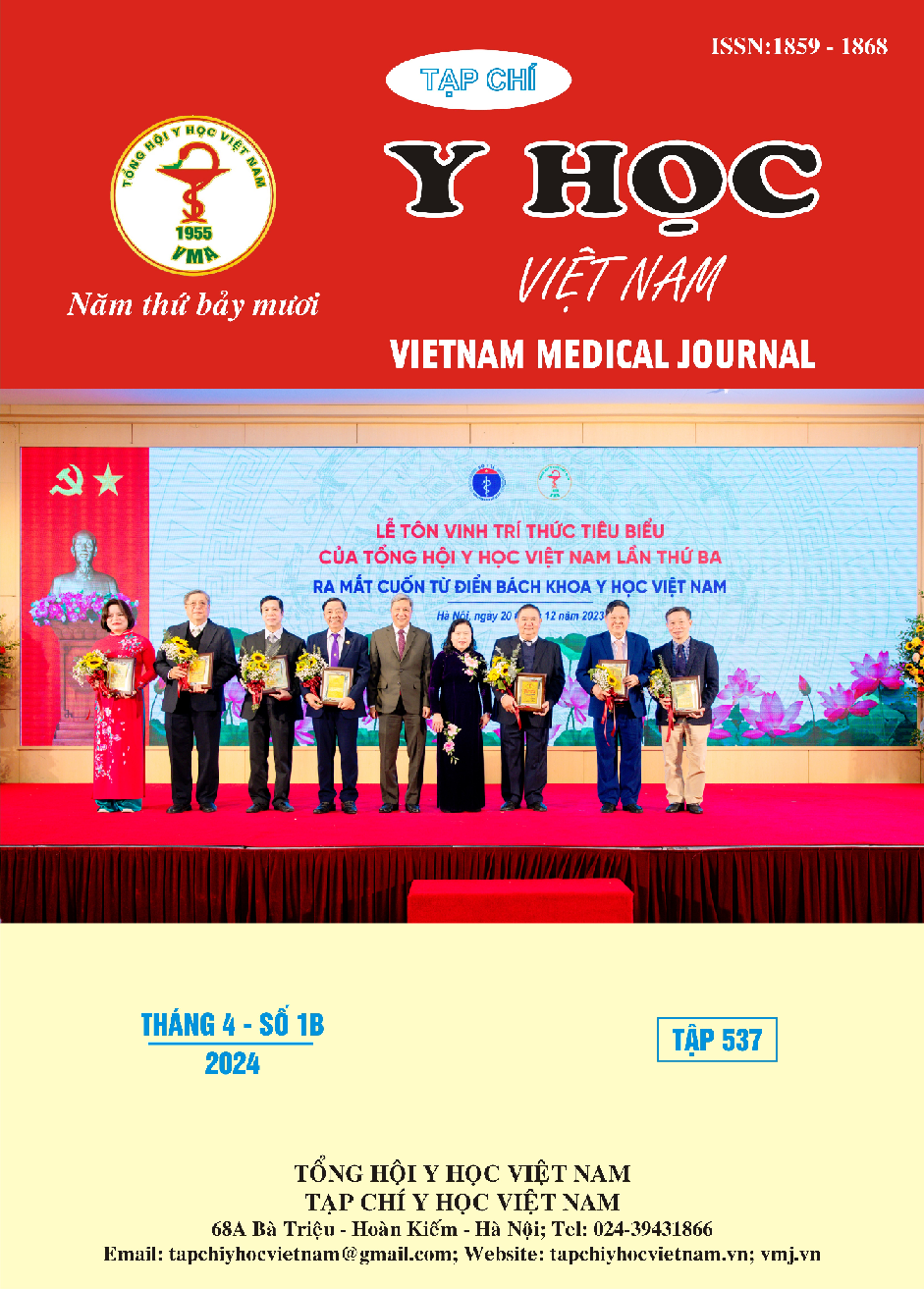ASSESSMENT OF RATE AND RISK FACTORS OF POST-NEUROSURGICAL MENINGITIS AND VENTRICULITIS AT THE INTENSIVE CARE UNIT - PHU THO PROVINCIAL GENERAL HOSPITAL
Main Article Content
Abstract
Background: Post-neurosurgical meningitis and ventriculitis are serious medical conditions with a high mortality rate, severe neurological sequelae, and leading to prolonged hospital stays. Objective: Evaluate risk factors for post-neurosurgical meningitis and ventriculitis. Subjects and methods: A retrospective study of 179 patients undergoing craniotomy, 36 developed meningitis or ventriculitis, compared related factors between the two groups. Results: There were 179 patients selected, of which 36 patients had meningitis, a rate of 20.1%. There were no differences in gender and age between the two groups. The meningitis group has different characteristics: surgery due to traffic accidents (38.9%) and hemorrhagic stroke (38.9%), the primary injury being brain parenchymal hematoma (52.8%) and subdural hematoma (41.7%), with low preoperative Glasgow score < 9 points (77.8%), with large hematoma volume > 60cm3 (97.7%), The rate of emergency surgery and preoperative mechanical ventilation were higher (p < 0.05). Risk factors in univariate logistic regression are: Glasgow < 9 points, preoperative mechanical ventilation, emergency surgery, hematoma volume > 60 cm3; in multivariable logistic regression are: Glasgow < 9 points and hematoma volume > 60 cm3 (p < 0.05). Conclusion: Post-neurosurgical meningitis and ventriculitis in the intensive care unit account for a high rate. Assessing risk factors helps early diagnosis and treatment to improve treatment results.
Article Details
Keywords
Post-neurosurgical meningitis and ventriculitis, neurological infection, craniotomy.
References
2. Reichert MCF, Medeiros EAS, Ferraz FAP. Hospital-acquired meningitis in patients undergoing craniotomy: Incidence, evolution, and risk factors. American Journal of Infection Control. 2002; 30(3): 158-164. doi: 10.1067/mic.2002. 119925
3. Kubilay Z, Amini S, Fauerbach LL, Archibald L, Friedman WA, Layon AJ. Decreasing ventricular infections through the use of a ventriculostomy placement bundle: experience at a single institution: Clinical article. JNS. 2013; 118(3): 514-520. doi:10.3171/ 2012.11.JNS121336
4. Hussein K, Bitterman R, Shofty B, Paul M, Neuberger A. Management of post-neurosurgical meningitis: narrative review. Clinical Microbiology and Infection. 2017;23(9):621-628. doi:10.1016/ j.cmi.2017.05.013
5. Leib SL, Boscacci R, Gratzl O, Zimmerli W. Predictive Value of Cerebrospinal Fluid (CSF) Lactate Level Versus CSF/Blood Glucose Ratio for the Diagnosis of Bacterial Meningitis Following Neurosurgery. CLIN INFECT DIS. 1999;29(1):69-74. doi:10.1086/520184
6. Chen C, Zhang B, Yu S, et al. The Incidence and Risk Factors of Meningitis after Major Craniotomy in China: A Retrospective Cohort Study. Shamji M, ed. PLoS ONE. 2014;9(7): e101961. doi:10.1371/journal.pone.0101961
7. Korinek AM, Baugnon T, Golmard JL, van Effenterre R, Coriat P, Puybasset L. Risk Factors for Adult Nosocomial Meningitis After Craniotomy Roleof Antibiotic Prophylaxis. Neurosurgery. 2006;59(1):126-133. doi:10.1227/ 01.NEU.0000220477.47323.92
8. Nhung KH, Chinh LQ. Đặc điểm lâm sàng và yếu tố nguy cơ viêm não thất ở bệnh nhân chảy máu não thất được đặt dẫn lưu não thất. TCNCYH. 2022;152(4):42-53. doi:10.52852/ tcncyh.v152i4.681


